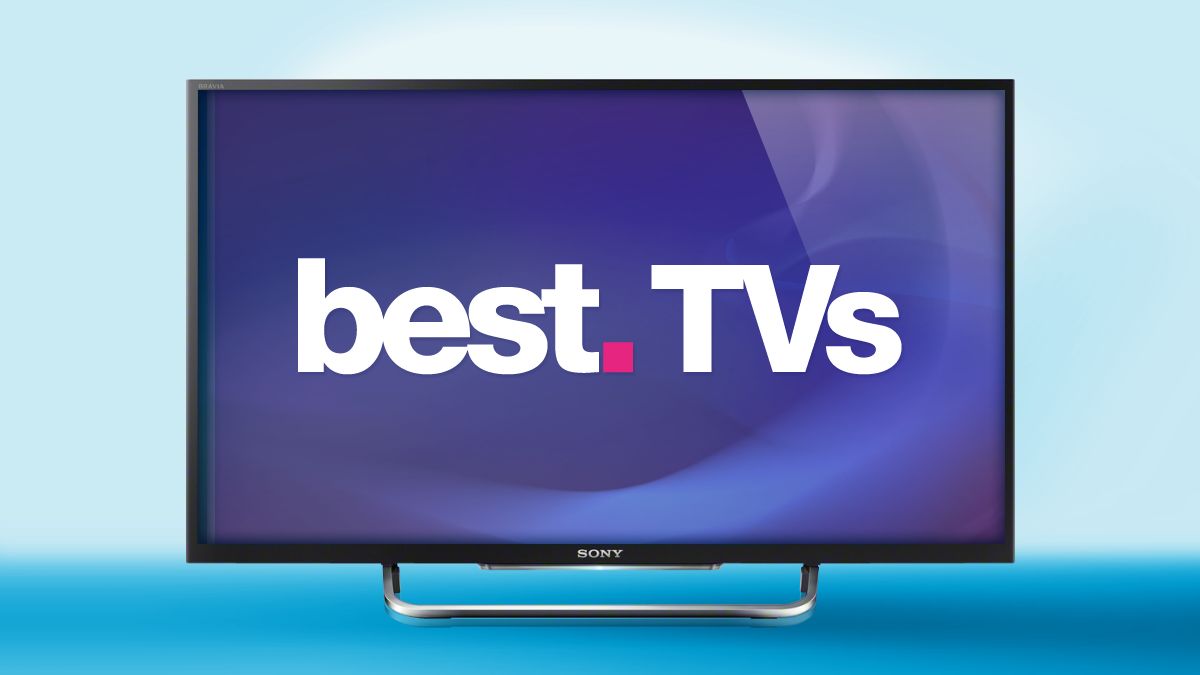
Best TVs of 2015
TV technology has come a long way in the past 10 years, and the changes are coming in thicker and faster now.
But with these technological developments comes the questions: What TV technology is best? Which is the best LCD TV? Which screen size is best for your living room? What’s the difference between LCD and LED TVs? What exactly is OLED? Why would anyone want a curved TV? Should I get a 4K model?
The answers aren’t always obvious. In fact, buying a new TV can be stressful even for the tech-savvy – there are so many brands, so many features, so many screen sizes, colours, technologies and flavours to choose from.
So which one is right for you, your family and your living space? In this guide, we’ll walk you through everything you need to know about buying a new TV.
We’ve figured out the best TVs in a variety of different categories, from Ultra HD to super-sized 75-inch screen, right down to the li’l 32-inchers for that second screen for the bedroom.
But it’s not always about the outright best – after all, those can represent some of the most expensive televisual tech you can buy – sometimes you just want the absolute best value screen. And we’ve got those covered in each category too.
If you want to know what to look out for when buying a new TV check out the second page to arm yourself with all the information you could possibly need.
But first, here’s our pick of the best TVs of 2015 – there are some absolute stunners.
Best Ultra HD 4K TV
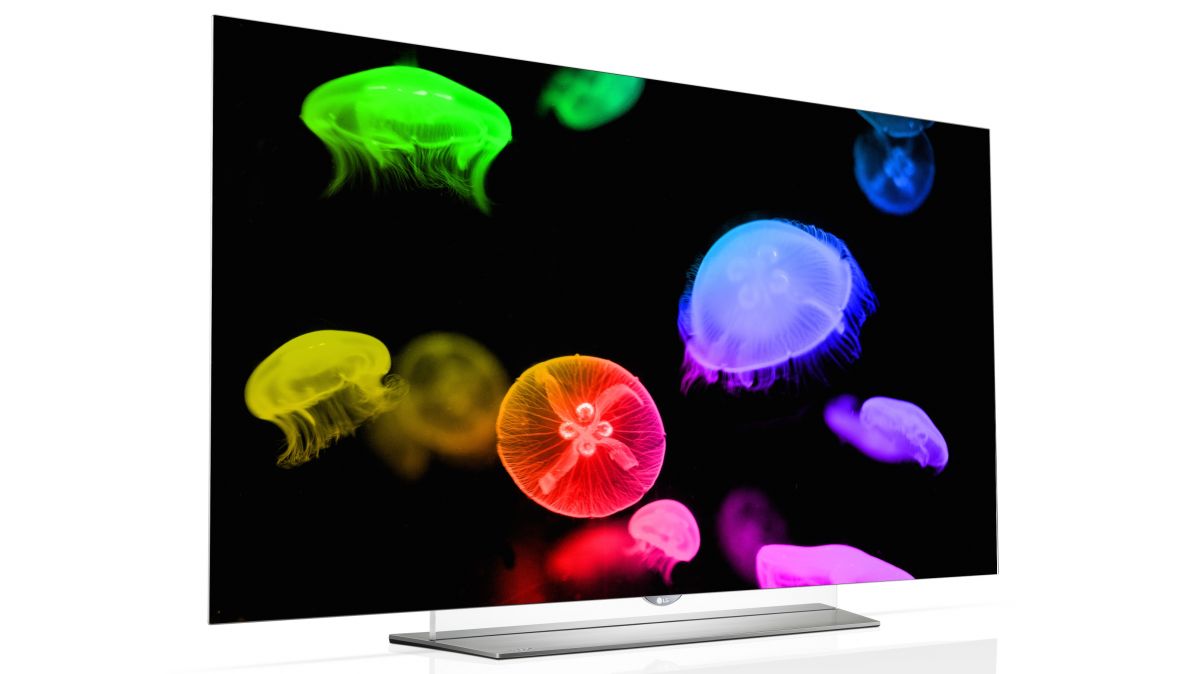
LG 65EG960T 4K OLED TV
“This is the new benchmark for televisions”
Screen size: 65-inches | Tuner: FreeviewPlus HD | Resolution: 3840 x 2160 | Panel technology: OLED |Smart TV: WebOS 2.0 | Curved: No | Dimensions: 1447mm x 884mm x 236mm
Amazing picture qualityWebOS is great for Smart TVsYou can’t afford itLack of 4K content
LG’s last 4K OLED held onto this slot comfortably when it was launched last year. But the 65EG960T was curved, and the 950T is flat, and that makes all the difference in the world.
Sure, you also get support for HDR content via an upgraded HDMI port, but the real difference is the stunning flat screen. This is easily the best TV we’ve ever seen, and if you can afford it, you should buy it.
Best value Ultra HD 4K TV:

Best 60, 65 or 75-inch TV

Sony KD-75X9400C
“If there’s one thing the Sony 75X9400C is not, it’s shy.”
Screen size: 75-inch | Tuner: Freeview HD | Resolution: 3840 x 2160 | Panel technology: LED | Smart TV: Android TV | Curved: No | Dimensions: 1041 x 1929 x 322mm
Sensational picture qualityEqually sensational sound qualitySpace-consuming chassis designUpscaling can cause noise
The 75X9400C’s pictures boast gorgeous colours and one of the best contrast performances in the LCD TV world. Its sound quality is equally stellar, and some aspects of its smart TV features are well thought through.
Aside from its headline Android TV smart platform failing to convince everyone it’s the future of smart television, the 75X9400C is an unmitigated success. Its picture quality is even better than anything Sony managed to produce with the highlight models from its 2014 4K TV range, and its incredibly powerful and dynamic audio is literally music to your ears.
Best value 60, 65 or 75-inch TV:

Best 50 or 55-inch TV
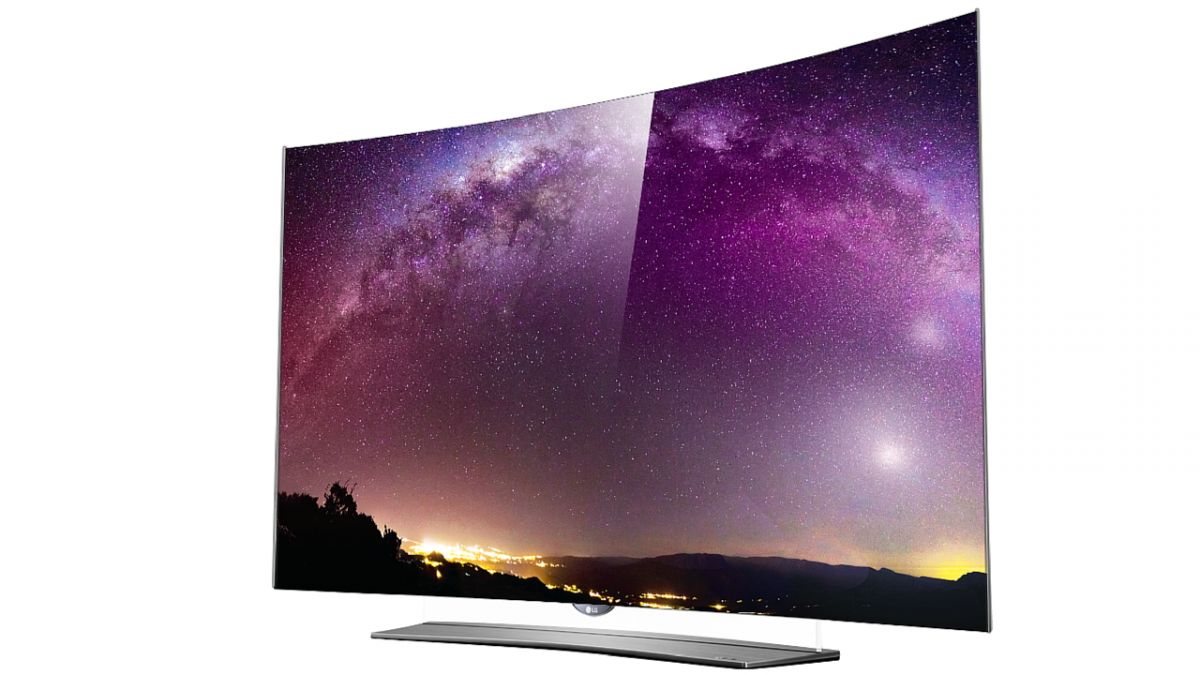
LG 55EG960T
“If you’re not yet lusting after OLED, you’ve got it all wrong.”
Screen size: 55-inch | Tuner: Freeview HD | Resolution: 3840 x 2160 | Panel technology: OLED | Smart TV: webOS | Curved: Yes | Dimensions: 760 x 1226 x 213mm
Incredible realismBest black levels everHigh priceLimited HDMI ports
Is this is the best TV on the planet? Judged purely on picture quality, this 4K OLED has a jaw-dropping combination of total black, cracking colour, judder-free video, a reflection-free curve and an innate ability to make standard-def sources ripple with realism.
Self-lighting pixels are the future, as proved by the 55EG960T’s spotless colours, awesome blacks, bright, pure whites and all-round utterly gorgeous images. 4K detail is mesmerising while even standard definition sources look clean and crisp. Self-lighting they may be, but it’s when those pixels completely switch off that this OLED TV really stands out next to an LED TV.
Best value 50 or 55-inch TV:

Best 40 or 42-inch TV
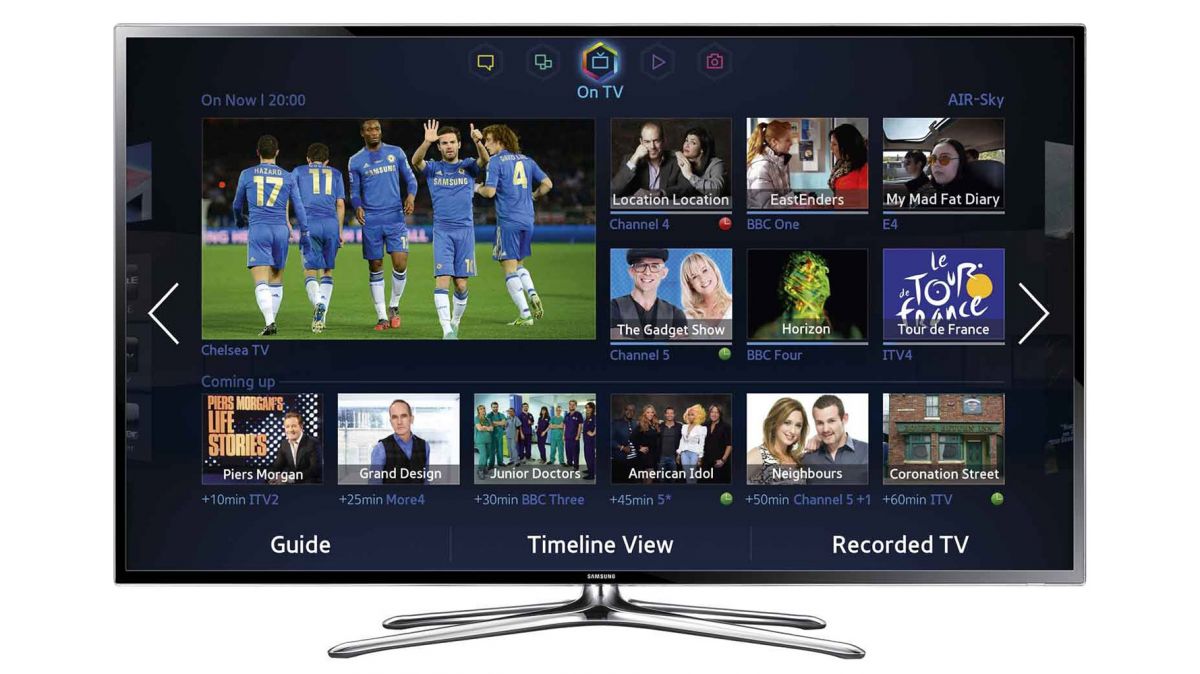
Samsung UA40JU6400W
“One of Australia’s best value smart TVs”
Screen size: 40-inch | Tuner: Freeview HD | Resolution: 1920 x 1080 | Panel technology: LED | Smart TV: Smart Hub | Curved: No | Dimensions: 617 x 928 x 265
200Hz ProcessingTouchPad remotePoor voice activationSoft standard def
It may not have all the shinies of Samsung’s latest smart TVs, but it’s still a quality full HD screen and now available for almost half the price that it launched at, making it fantastic value in 2015.
It’s not the best upscaler, nor the slimmest TV, but we’re quite taken by the Samsung UA40JU6400. Packed with apps within a reasonably polished Smart Hub system, there’s plenty of contrast, colour and detail to compete with pricier options. We’re also big fans of the Smart Touch remote and of its integration with Samsung Galaxy gadgets, though it does stutter occasionally.
Best value 40 or 42-inch TV:

Best 32-inch TV
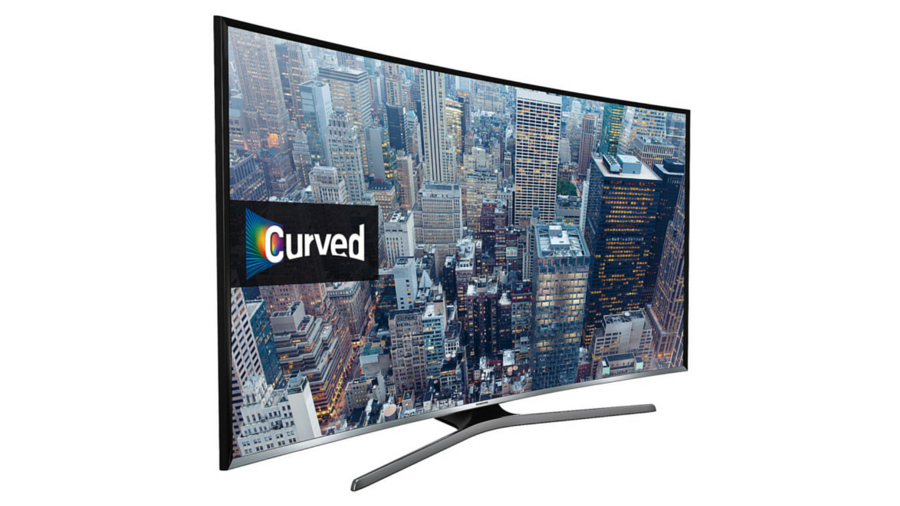
Samsung UE32J6300
“Samsung has created the finest 32-inch TV at a canter.”
Screen size: 32-inch | Tuner: Freeview HD | Resolution: 1920 x 1080 | Panel technology: LED | Smart TV: Smart Hub | Curved: Yes | Dimensions: 730 x 428 x 79mm
4 HDMI inputsSharp HD imagesPlasticky build qualitySlow to navigate
What are curved TVs for, exactly? They might be ‘curved like your eyes’, but lend a bend to a flat-panel TV and a more immersive image isn’t the result. In fact, it actually makes very little difference.
Stylistically though this feature-packed 32-incher just about gets away with it, but a plasticky build quality detracts from an otherwise thoroughly polished performance. Add awesome Full HD pictures and unexpectedly excellent audio though and the UE32J6300 is quite a package for a bedroom or second room.
Best value 32-inch:
Panasonic TX-32CS510
Buying a new TV – what you need to know
So you want to know what type of TV to buy? OLED, LCD, LED? 4K? Ultra HD?
Here, we’ve broken down all the technology you need to know about in order to get the best value for money from your TV purchase.
Everything from screen size, technology and software are important to ensuring you get the best TV for you.
What types of TV are there out there?
There are a lot of different screen types out there, all working in different ways to produce the same results. Each technology has its own unique strengths and weaknesses so here are some basics to consider:
LCD TV: CCFL
Until recently, all LCD TVs were backlit by always-on, CCFL (cold cathode fluorescent) lamps. This ageing technology has been superseded by the superior LED method on more expensive sets, but is still standard on some cheaper models.
LED TV: Direct LED
These displays are backlit by an array of LEDs (light emitting diodes) directly behind the screen. This enables localised dimming – meaning immediately adjacent areas of brightness and darkness can be displayed more effectively – and greatly improves contrast. LED TVs are also more power efficient and capable of a wider colour gamut than CCFL sets. Because of the extreme cost of mounting these arrays of LEDs, Direct LED TVs have largely been out muscled by Edge LED…
LED TV: Edge LED
With these TVs, LEDs of the backlight are mounted along the edges of the panel. This arrangement enables radically slender displays and offers superior contrast levels to CCFL, but can’t achieve the same picture quality as directly lit LED sets. However, they do come in far cheaper which is why most LED TVs out there now use this technology.
OLED TV
The backlighting on OLED (organic light emitting diode) sets is achieved by passing an electric current through an emissive, electroluminescent film. This technique produces far better colours and higher contrast and also enables screens to be extremely thin and flexible. This is the holy grail display technology and only in 2014 did a bigscreen OLED TV go on sale. So it’s new, it’s expensive and the top brands are still struggling to get their heads around it. To date, only LG has been able to release full sized OLED TVs.

Quantum Dot
As yet we’re not quite at the stage where we’re going to get self-emitting quantum dot LEDs, but they’re a-coming. What we do have though is Samsung producing its Nanocrystal filter based on quantum dot technology to produce a seriously improved colour palette and contrast levels that get mighty close to the pinnacle of OLED.
Plasma TV
PDP (plasma display panel) TVs use glass panels containing millions of tiny cells filled with a mixture of inert gases. Electricity excites the gases, causing them to illuminate the pixels across the screen. Plasma, while arguably superior to LCD in terms of contrast and colour accuracy, is only viable on large (42in+) screens and has been dropped by all but a handful of manufacturers. You’ll be lucky to find one on the shelves these days.
Curved TV
Some manufacturers are now making TVs that have slightly curved screens. But unlike old CRT TVs, the curve is inwards rather than outwards. The idea is that this makes every pixel equidistant from your eyes, delivering a more satisfying picture. However, there are drawbacks for this type of screen – the main one being that if you sit far enough to one side – more than 40 degrees or so – the curve clearly starts to affect the image’s geometry, foreshortening content near to you and compressing the image’s centre.
What resolution tech should I go for?
HD
HD TVs come in two resolutions. Sets with the HD ready are required to be able to display a minimum 720p picture, and generally has a screen resolution of 1366 x 768 pixels. Meanwhile, Full HD TVs have a higher resolution of 1920 x 1080 pixels. It’s highly advisable that you don’t go for anything less than full HD in this day and age.
Ultra HD and 4K
The resolution of Ultra HD is exactly four times higher than full HD – 3840 x 2160. It means a far more detailed picture, with content requiring a lot more bandwidth and storage space. 4K TVs tend to be good at upscaling HD video to Ultra HD but there are currently very few options for watching native 4K content.Read more about 4K.
HDR
Potentially the next big thing in TVs, HDR produces astounding levels of visual fidelity and can be found in some of the latest Ultra HD TVs. Arguably the shift to HDR video could make a more dramatic difference to your viewing experience than moving from HD to 4K. Like still HDR images, the moving version expands the range of both the light and dark ends of spectrum, providing more detail for both. HDR needs new filming methods though – at the moment there is no way to backfill HDR into existing video. It also needs new TV tech too, with Samsung the only ones to create specific screens, though LG and Sony are going be able to update some of their existing stock to be compatible.
What else should I consider?
Buying a flatscreen television is a major investment and one that you can’t afford to take lightly. Just popping into the closest store and grabbing the first plasma or LCD you see won’t get you the best deal, the screen that suits your needs, or the gear you require to make the most of your new purchase.
Size matters
People tend to pick the size of their flat TV based on the amount of space they have for it, this isn’t necessarily wise. Flat TVs take up much less space than you might think, so your new TV may end up a foot or two further away from your viewing position, making the picture appear smaller.
Also, with hi-def, you can have a bigger screen and the same viewing distance without worrying about seeing blemishes inherent to the source. HDTV’s lack of noise means that the ideal distance to sit from the screen is three to four times the height of the TV.
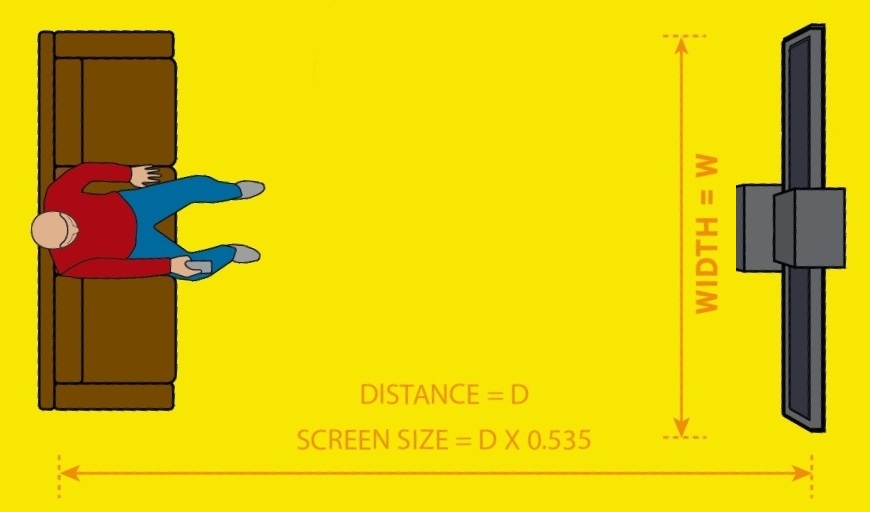
How to calculate the right size HD TV:
The trick here is to ensure that your TV is big enough to fill your line of vision, but small enough to be sharp and clear. Remember, if you intend to only watch standard-definition sources, the bigger the screen gets, the worse the image will look.
The ideal screen size can be calculated by multiplying the distance that you intend to sit away from it by 0.535 and then rounding this up to the nearest size.
So, if you sit 80in away from your TV, the ideal size is 42-inch (80 x 0.535= 42.8).
What features should I look out for?
Features are too numerous to go into here, but here are some things you should consider.
Photo viewing: If you have a digital camera, a TV that has a slot for memory cards or a USB socket for a card reader will let you view your photos onscreen.
Here are some of the things we look for when we review a screen, so you should, too…
Contrast: Bright whites shouldn’t have any signs of green, pink or blue in them, while blacks should look solid and not washed out, grey, green or blue.
Colours: Look at how bright and solid they are; how noiseless their edges are; how ‘dotty’ richly saturated areas are and how natural skin looks, especially in dim scenes.
Fine detail: How much texture does the screen give? Does a tree look like a green lump, or can you see the individual leaves
Edges: Check for ghosting, bright halos and jaggedness, especially around curves.
Motion: Check moving objects and quick camera pans for smearing or blurring, trailing, jerkiness and fizzing dotty noise.
Image artefacts: Look for blockiness, colour bands, grain, smearing, dot crawl: anything that looks like it’s added by the TV picture processing or a weak TV tuner. Tinker with a TV’s picture settings before making a final decision. Factory settings are rarely good for everyday viewing.
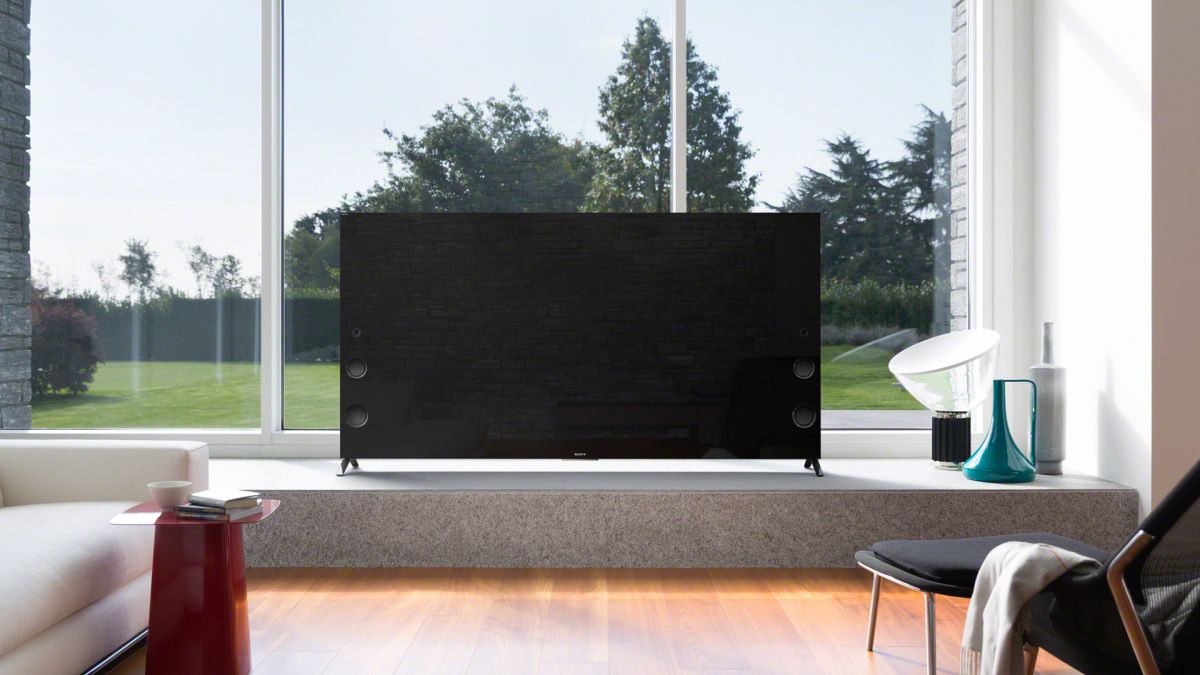
What about sound?
To provide the best audio to complement the pictures, your TV should be hooked up to a surround sound system, but this isn’t always an option. So, here’s what we listen for when testing a TV’s speakers:
Bass: Deep, rounded rumbles that don’t cause the set to rattle or speakers to distort, cramp or overwhelm the rest of the sound; but that expand when needed.
Vocals: Voices should sound open, rich and clear, not boxed in, nasal or thin.
Trebles: Treble effects should sound clean, rounded and smooth in loud scenes and shouldn’t dominate the soundstage.
Soundstage width/depth: A good TV should throw the sound away from the TV, to the sides, forward and back, to give an extra dimension to what’s on screen, without losing any coherence.
Questions to ask before you buy
Taking the time to consider these questions will make choosing the best TV easier…
HD or 4K?
4K TVs are stunning and even though there is currently little native 4K content to enjoy, the good ones are able to upscale HD to 4K very well. That being said, unless you’re buying a very large TV – we’re talking 65-inches plus – full HD should be adequate.
What size do I need?
This is dictated by the dimensions of the room where the TV is going and the amount of cash you’re prepared to spend. As a general rule of thumb, work out how far from the set you’ll be sitting (in inches), multiply that distance by 0.535 and then round up the result to the nearest screen size. Bear in mind that a decent smaller telly is often a more sensible investment than a larger, less accomplished one. And if you’re going to buy a 4K TV, you can sit much closer because of the higher resolution.
How many HDMI sockets do I need?
For a living room TV you should be looking for a minimum of 3 HDMI inputs. If you want to attach a set-top box as well as games consoles etc, those HDMI ports will fill up fast.
Can I connect my older, analogue kit?
Most new sets carry no more than two composite connections, while S-video is fast approaching obsolescence. Check that your new TV can hook up to older digiboxes, VCRs or DVD decks that you might want to plug into it.
Do I want to hang my TV on the wall?
First off, you’ll need to consult a construction expert to check that the wall in question is strong enough to support a flatscreen. Then find out if the set you want is designed to be wall-mounted and, if so, ask if the relevant bracket is included in the basic package or as an optional extra.
Will I be connecting it to a home cinema?
If the answer is no, you might want to think more carefully about your set’s audio performance. Look for a screen that can go as loud as you’ll need without distortion or cabinet rattle. Consider how dialogue sounds and how much low-end rumble the bass is capable of.
Conversely, it’s pointless paying out more cash for exceptional built-in speakers if you already have a decent home cinema system.
Happy shopping!
Source: techradar.com









































